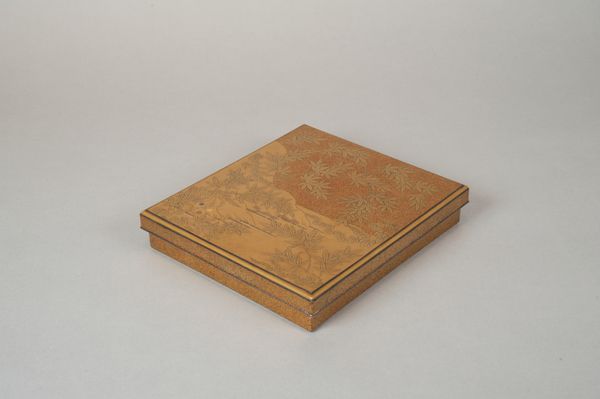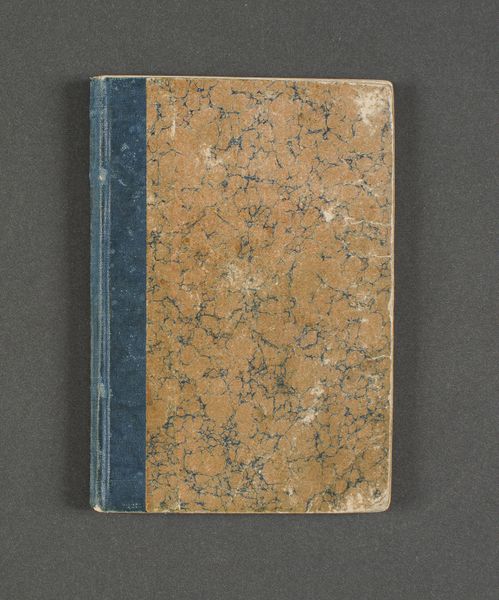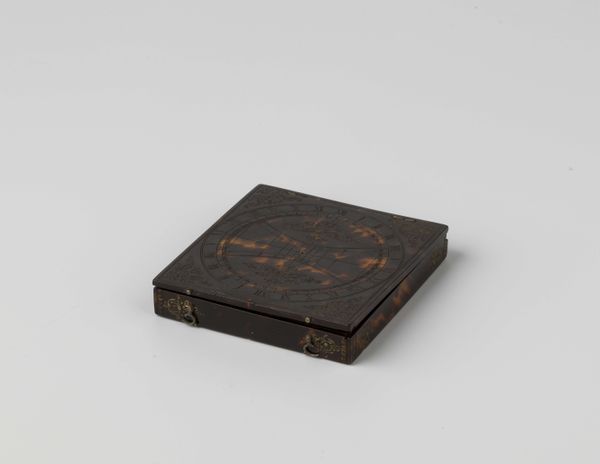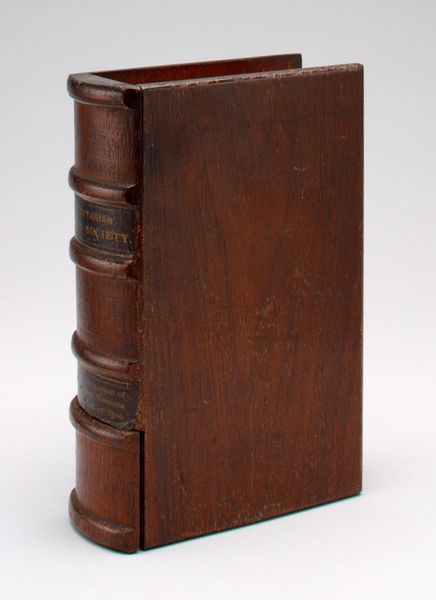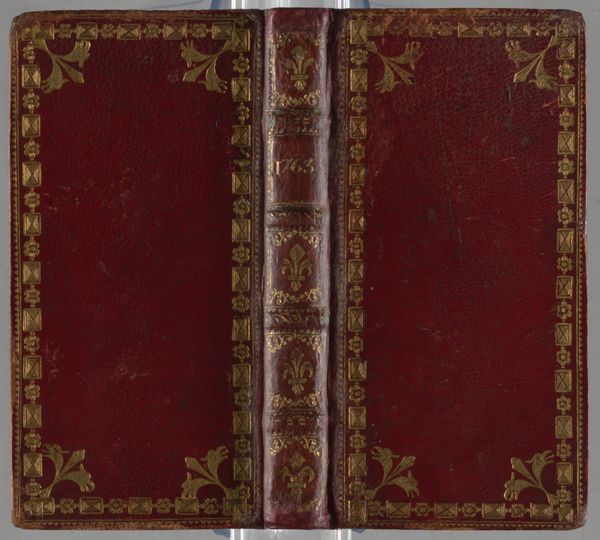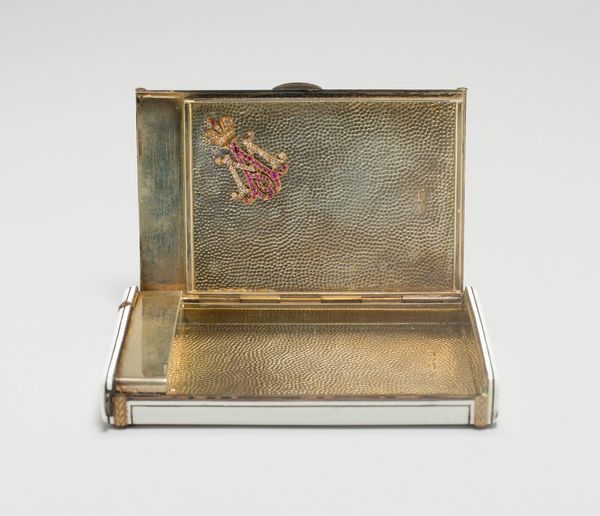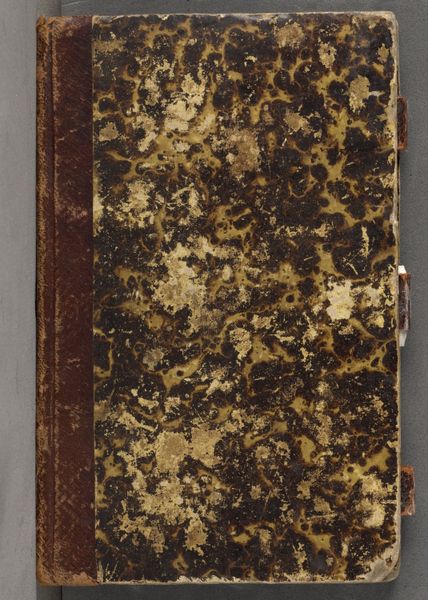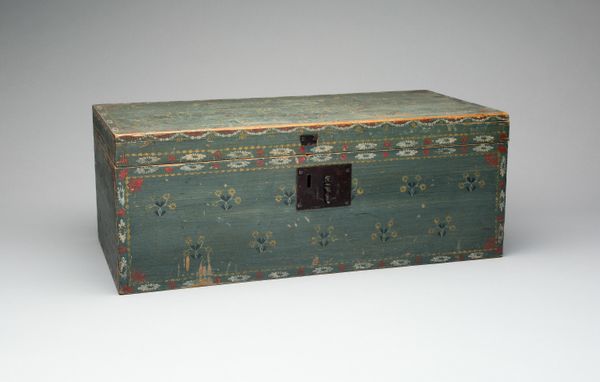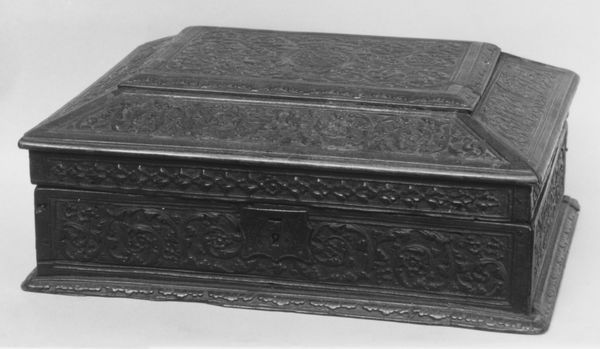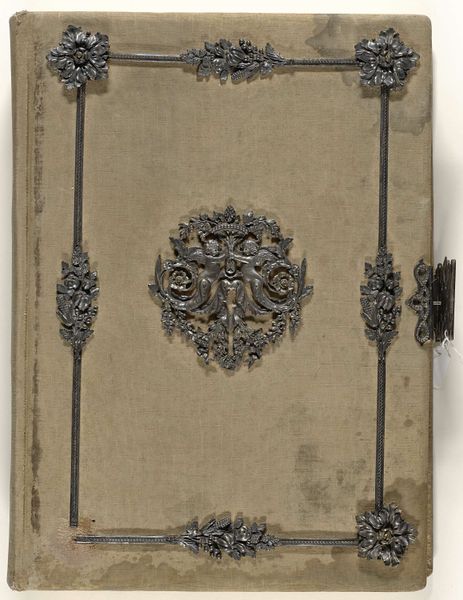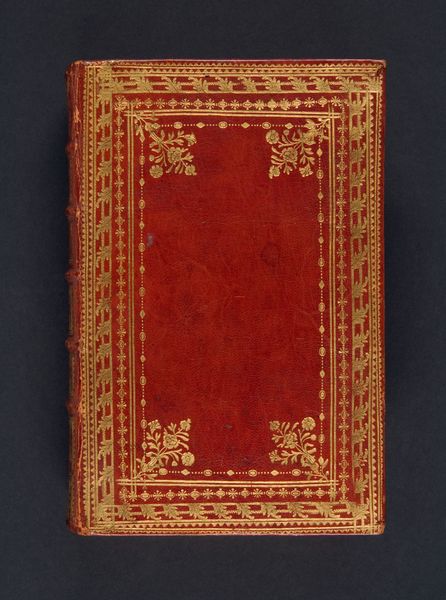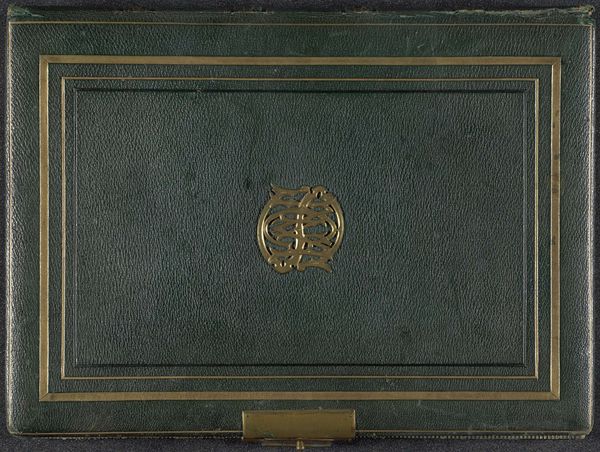
carving, relief, wood
#
carving
#
asian-art
#
relief
#
wood
#
decorative-art
Copyright: Public Domain
Editor: This is a striking object; it's titled "Musical Chime," and it's made by Kuei Mao around 1761. The description notes it’s carved from wood, featuring relief. There's a clear sense of artistry here but the utilitarian design gives it a very 'functional' presence. What does this object reveal to you? Curator: This "Musical Chime," strikes me first through its materiality. What kind of wood, what kind of tools shaped it, and who had access to those resources? Was this for the imperial court, a wealthy merchant, or a temple? The labour and economic implications are what define the experience for me, you see? Editor: That's interesting. I immediately went to the surface decorations - the dragons, the landscape - but you're more interested in its production. Is there a hierarchy, perhaps? Does function come first, or decoration? Curator: A useful distinction. One is the other, of course; it is not like decorations and design occur separately in our minds. For the artist-craftsman of 1761 China, what were the standards by which one made a wooden “Musical Chime”? These are objects, the purpose of which are deeply woven into cultural understanding; let's avoid prioritizing form over substance, especially since there is some ambiguity what the musical function actually entailed. Editor: Right, like was its purpose ceremonial or was it something played and heard. That context would also define how it was decorated... how elaborate the relief needed to be. Curator: Exactly! Think of the carving itself. Was it piecework? Or the achievement of a singular master? The repetitive geometric motifs that border the work suggests it may have been reproduced; consider if mass-produced carvings are an indication of something that’s mass-consumed? The decorative scheme would have an audience in mind, so let's try to uncover if the artwork points toward industrial labor and commodification rather than mere aesthetics. Editor: So it becomes about who made it, how they made it, and who was intended to experience or, in this case, even use it. I now realize this 'chime' has multiple histories embedded within the labor it represents. Curator: Precisely! I think understanding art in this light adds such deeper insight.
Comments
No comments
Be the first to comment and join the conversation on the ultimate creative platform.
